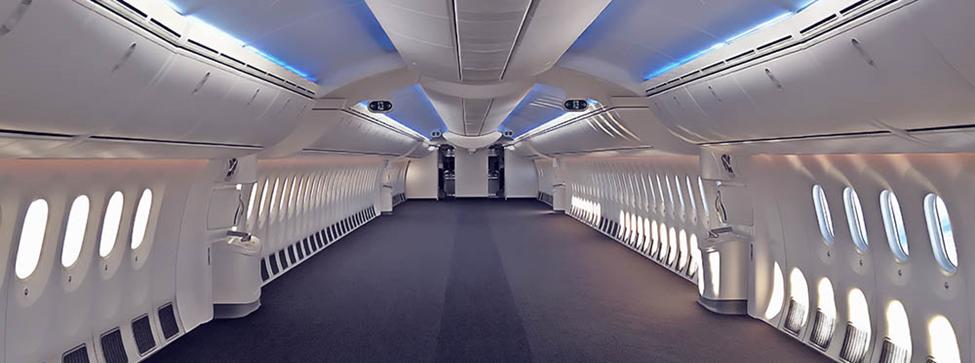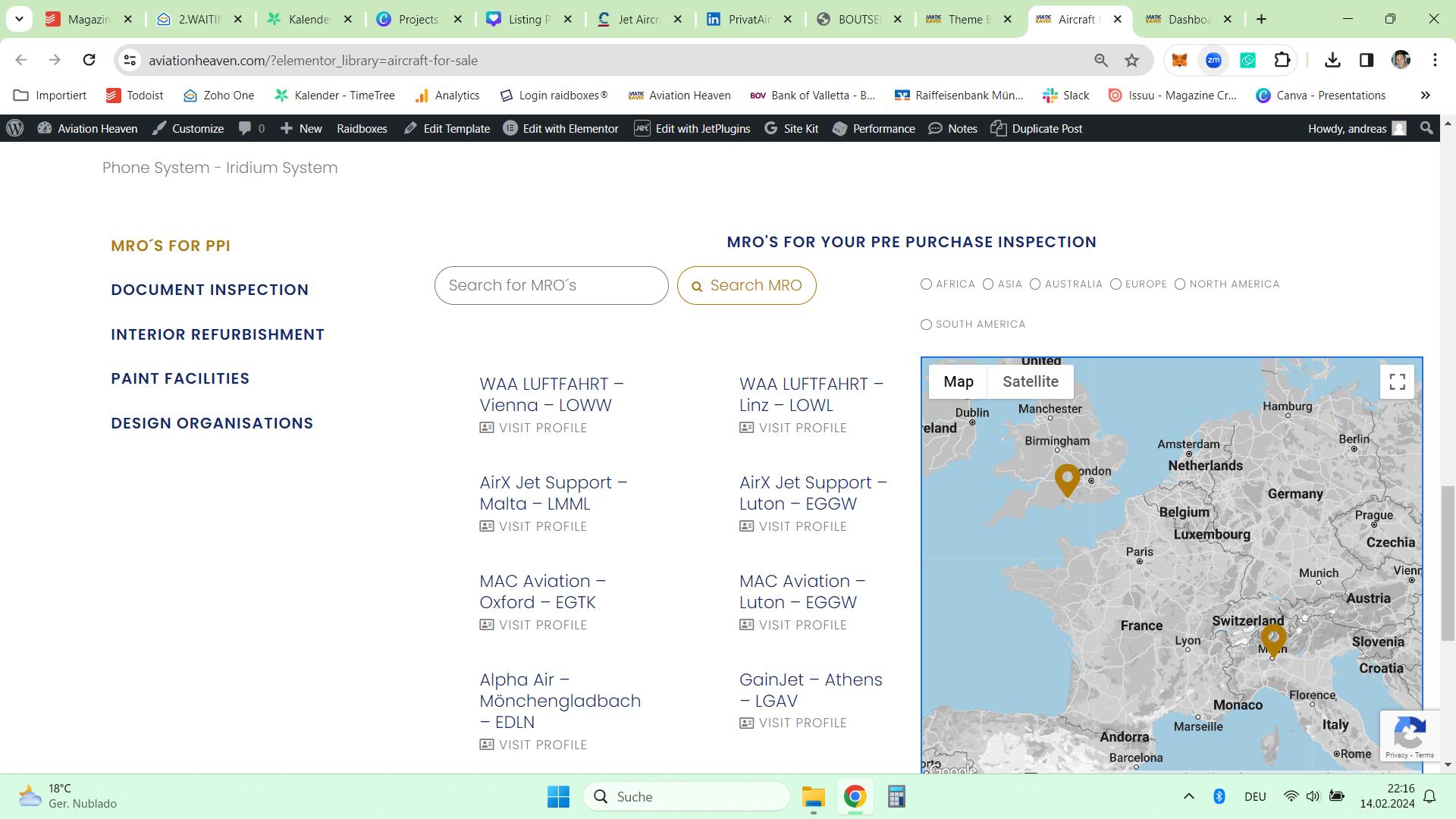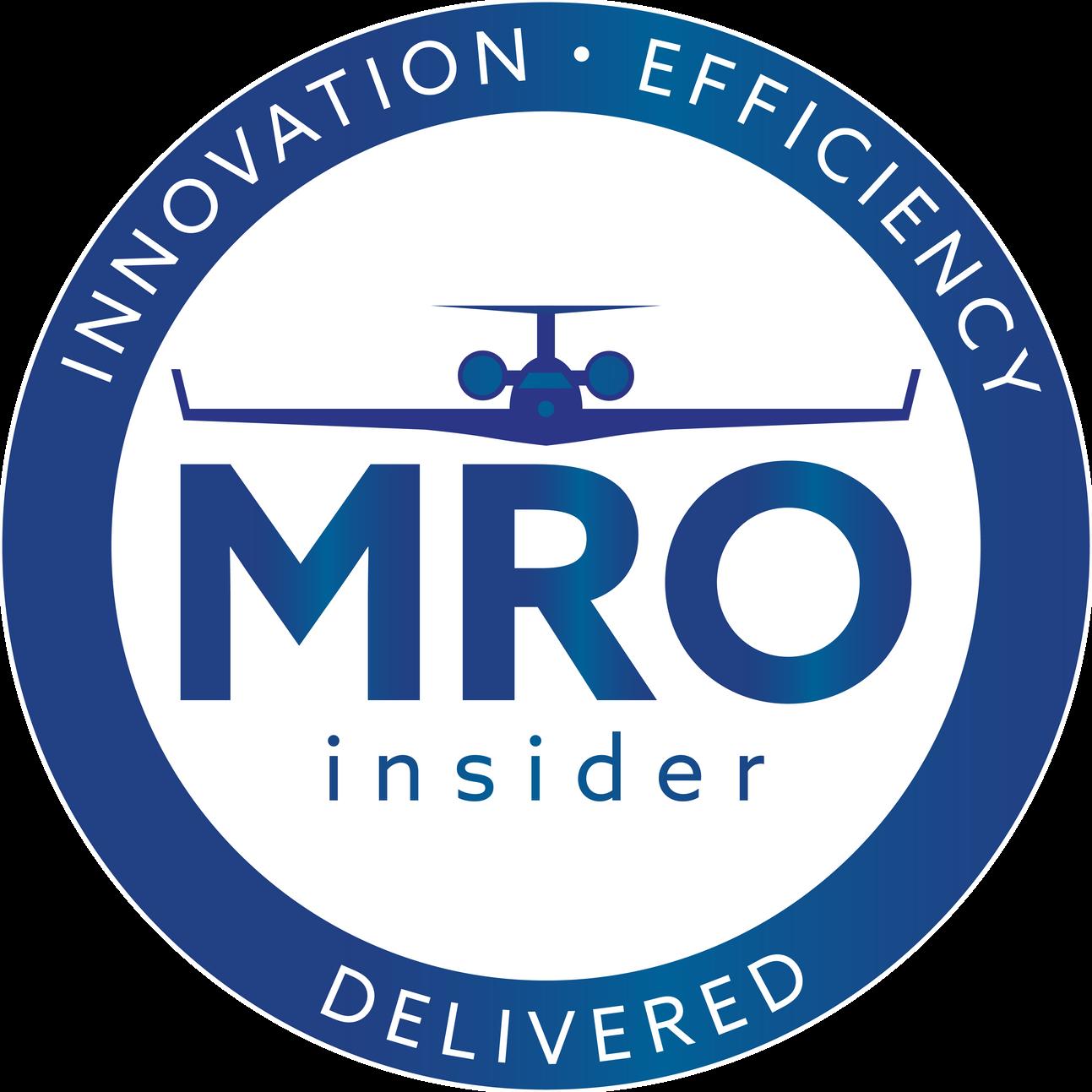AVIATION HEAVEN
CAMO MANAGEMENT &MORE

FEBRUARY2024|ISSUE39
OUTLOOKFORTHE AVIATIONLANDSCAPEIN 2024
PRIMUSAERO
MODERNIZINGAIRCRAFT MAINTENANCERECORDS:
DIGITIZATIONANDHARDCOPY ARCHIVING AVIATIONHEAVEN


CAMO MANAGEMENT &MORE

FEBRUARY2024|ISSUE39
OUTLOOKFORTHE AVIATIONLANDSCAPEIN 2024
PRIMUSAERO
MODERNIZINGAIRCRAFT MAINTENANCERECORDS:
DIGITIZATIONANDHARDCOPY ARCHIVING AVIATIONHEAVEN

STREAMLINE YOUR BUSINESS AVIATION MAINTENANCE PROCESSES AND IMPROVE STREAMLINE YOUR BUSINESS AVIATION MAINTENANCE PROCESSES AND IMPROVE OPERATIONAL RELIABILITY WITH OUR AVIATION MAINTENANCE SERVICES PLATFORM. OPERATIONAL RELIABILITY WITH OUR AVIATION MAINTENANCE SERVICES PLATFORM


EASILY SECURE EASILY SECURE AOG SUPPORT AOG SUPPORT
Our AOG support response time has an impressive response time of 3 -
PROCURE GROUND PROCURE GROUND SERVICE EQUIPMENT SERVICE EQUIPMENT
Minimize your downtime and secure approved GSE with ease when you need it most
SCHEDULE SCHEDULE MAINTENANCE MAINTENANCE
Streamline your scheduled maintenance all in-app without all of the hassles.
DETAILING AT DETAILING AT YOUR FINGERTIPS YOUR FINGERTIPS
Whether
ACQUIRE PARTS ACQUIRE PARTS WITH EASE WITH EASE
Procure the Parts you need from our vast network of 483 maintenance providers
the globe
SECURE YOUR FBO & HANGAR NEEDS
Whether it's for weather protection, peak season travel, or any other urgent need, protect your aircraft and secure an FBO or hangar
FULLY VETTED FULLY VETTED
PROVIDER NETWORK PROVIDER NETWORK
Everymaintenanceprovider isfullyvettedandprovides downloadableFAArequired paperworkforefficiency& peaceofmind

Coordinatewithother providersformore complicatedrequeststoget theequipmentyouneed
Lowercustomeracquisition costsandadvertiseyour businessin-app






As the wheels of the year 2024 turned for the first time, business aviation recorded a promising 9 percent increase in the traffic of business aircraft between the final days of 2023 and the beginning of the new year. A promising kick-off, no doubt. But it seems to be just the beginning.
This upward trend is in line with the positive global outlook for air traffic in the coming months: Based on current information available, it looks like the aviation industry is revving up its engines, with strong indications that 2024 is going to be the best year ever - one that will help us permanently set aside the challenges of the pandemic.
According to the latest quarterly air travel outlook published by Airports Council International (ACI) World, the aviation industry is poised for a significant recovery: Projections indicate that global passenger traffic is expected to rebound in early 2024, reaching a remarkable 9.4 billion passengers. This anticipated surge in air travel positions the year 2024 as a pivotal milestone, even surpassing the pre-pandemic levels of 2019 (9.2 billion passengers).
In the tapestry of travel, 2023 wove a narrative where convenience and safety took the spotlight, creating a year that made the journey as memorable as the destination. Especially biometric technology played a significant role, streamlining processes and bidding farewell to the era of long queues. Confidence in biometric identification is generally growing in the aviation industry, as 46% of passengers embraced biometrics at airports in the past year, up from 34% in 2022. A preference shift is evident, with 75% of passengers favoring biometric data over traditional passports and boarding passes.
Travelers sought simplicity, and airports around the globe responded with open arms. Need an example? The Frankfurt Airport now provides all airlines with check-in touchpoints featuring integrated biometric identity verification for passengers. This makes FRA the first airport in Europe offering full-coverage biometric systems with facial recognition, enabling a completely new travel experience. In 2024, biometrics and digital identity will undoubtedly continue to take center stage and open up new possibilities for air travel, with more airports following the German example.
The actual flight experience could also be subject to change. Since the beginning, flying isn't just about covering distances. Over the years, air travel has leaned on cutting-edge technologies to enhance safety and comfort, alluring new passengers into the enchanting world of flight. While we've mastered the art of defying gravity, Mother Nature persistently deploys turbulence as a gentle reminder to humble us. A whole flight without turbulence? Hardly imaginable, given the unpredictable nature of the skies.
Apparently, not everyone agrees with that. In fact, an Austrian tech startup has embraced this challenge, driven by a mission to revolutionize the skies. Turbulence Solutions is quietly shaping the future of air travel. The Vienna based company is currently in the process of reducing turbulence by up to 80%. How it actually works: Positioned about half a meter ahead of the wing, sensors provide early warnings of potential disturbances. When turbulence arises, the system quickly calculates and executes the necessary counteraction. Specifically, small flaps integrated into the wings deploy accordingly.
Before the year comes to an end, over 100 aircraft are set to be equipped with the innovative solution from the startup. The initial focus will be on highperformance light aircraft, specifically two-seaters predominantly used for business travel. Due to their weight, they are extremely susceptible to turbulence.
It marks an intriguing development that could shape the aviation landscape in the months and years ahead. The anti-turbulence solution might make its debut on large aircraft as well. Fast forward to 2030, and you could find yourself soaring through the skies on a regular commercial flight, barely noticing any turbulence.
Even as changes await you in the new year, you can always rely on us. At PRIMUS AERO, change is not just a constant, it's an opportunity. With a decade of expertise and an unwavering team, we can't wait to offer you with our exceptional services. Get in touch now to get further information.



In the dynamic world of aviation, meticulous record-keeping is paramount to ensure safety, compliance, and operational efficiency. Traditionally, aircraft maintenance records have been stored in physical hardcopy format, meticulously organized and stored in filing cabinets. However, with the advent of digital technology, there is a growing trend towards digitization. In this article, we'll explore the benefits of both digital and hardcopy archiving methods and provide insights into how aviation organizations can effectively manage their maintenance records in today's digital age.
Digitizing aircraft maintenance records offers numerous advantages, chief among them being efficiency and accessibility:
Space-saving: Digital records eliminate the need for physical storage space, freeing up valuable real estate within hangars or office buildings.
Enhanced Accessibility: With digital records stored in a centralized database or cloud-based platform, authorized personnel can access them from anywhere with an internet connection. This facilitates remote inspections, audits, and maintenance planning.
Searchability and Indexing: Digital records can be easily searched, sorted, and indexed based on various parameters such as aircraft registration number, maintenance event type, or date. This streamlines the retrieval process and saves time.
Version Control and Audit Trails: Digital archiving systems often include features for version control and audit trails, ensuring the integrity and traceability of maintenance records. Changes or updates made to records are logged, providing a comprehensive history of edits.
Integration with Maintenance Systems: Digital records can be seamlessly integrated with maintenance management systems (MRO software), enabling automated workflows, task assignments, and notifications.
Hardcopy Archiving: Reliability and Compliance
While digital archiving offers numerous benefits, there are situations where hardcopy records remain indispensable:
Regulatory Compliance: Many aviation authorities require certain maintenance records to be maintained in hardcopy format for regulatory compliance purposes. These include original airworthiness certificates, logbooks, and certain historical records.
Backup and Redundancy: Hardcopy records serve as a backup in case of system failures, data breaches, or other unforeseen circumstances affecting digital archives.
Long-term Preservation: Paper documents have a longer lifespan compared to digital storage media, which may become obsolete or degraded over time Hardcopy records provide a reliable means of preserving critical information for the long term.
Visual Inspection: In some cases, physical inspection of records may be necessary, such as during audits or investigations. Hardcopy records facilitate visual inspection by auditors, regulators, or maintenance personnel.
Given the advantages of both digital and hardcopy archiving methods, many aviation organizations adopt a hybrid approach, combining the strengths of both:
Establish Clear Procedures: Develop standardized procedures for digitizing, indexing, and storing digital records, ensuring consistency and compliance with regulatory requirements.
Backup and Redundancy: Implement robust backup systems for digital records to prevent data loss or corruption. Store backup copies in secure off-site locations.
Periodic Audits and Reviews: Conduct regular audits and reviews of both digital and hardcopy records to ensure accuracy, completeness, and compliance with regulatory standards.
Employee Training: Provide comprehensive training to personnel on the proper handling, storage, and retrieval of both digital and hardcopy records. Emphasize the importance of data security and confidentiality.
Invest in Technology: Invest in state-of-the-art document management systems and digitization equipment to streamline the archiving process and enhance efficiency.
In conclusion, the digitization of aircraft maintenance records offers numerous benefits in terms of efficiency, accessibility, and compliance. However, the importance of hardcopy archiving cannot be overlooked, particularly for regulatory compliance and long-term preservation. By adopting a dual archiving approach and leveraging the strengths of both digital and hardcopy methods, aviation organizations can ensure the integrity, accessibility, and security of their maintenance records in today's digital age.
If you're seeking top-notch training and expertise in Continuing Airworthiness Management Organization (CAMO), look no further! Join us for over 30 hours of immersive CAMO training, covering all the essential

Imagine finding the perfect house. The location is exactly right, the exterior has the great lines you’re looking for and the size is ideal, but the interior’s outdated and it has some cringy Roman columns framing the front door. This is much like the journey of buying and customizing a pre-owned jet. You find a jet with excellent fundamentals – great engineering, good layout and a solid flight history but the interior is outdated and, well....its just not you. Time for an update!
Both these scenarios are about seeing potential where others might not. It's about envisioning a transformation that turns something ordinary into your personal masterpiece. In real estate, it's about looking past the outdated kitchen and envisioning a modern culinary haven. In aviation, it's about seeing past the old-fashioned cabin and imagining a state-ofthe-art flying experience.
To create the jet of your dreams, where do you start? The level of customization is entirely up to you. You can do as little as changing the soft furnishings, or you can gut the cabin and remodel from the structure inwards.
When you view at a house, you’re not just looking at what’s there – it’s about seeing potential and envisioning the resultand the same process applies to refurbishing a jet. The thrill lies in the transformation: taking a solid foundation and moulding it into something that not only meets your needs but also reflects your personal style and needs. Whether it's about stripping away those gaudy columns and replacing them with a clean, modern design or revamping a jet's interior to suit your taste, the process is deeply personal and incredibly rewarding.
Although choosing to refurbish a pre-owned jet is not just a creative endeavour; it's a smart choice. Economically, it’s more viable than purchasing a new jet. Timewise, it's quicker than waiting for a new build And from an environmental standpoint, it's about making the most of existing resources whilst incorporating reusable or recyclable materials during the transformation. However, to make the most of the opportunity, it’s wise to get expert advice before purchasing a jet. This helps ensure you’re not trapped by unforeseen limitations or compromises you don’t want to make.
Just as renovating a home requires a keen understanding of its structural and architectural limitations, refurbishing a jet demands a similar appreciation for its technical and design constraints. Here you come up against the aviation equivalent of load-bearing walls and fixed plumbing – elements that are integral to the jet’s functionality and safety.
Like a house, there are some limitations to keep in mind when you refurbish an aircraft. For example, the structural pickup points and core electrical, air conditioning and ventilation systems would remain in place. These systems may define where you can place certain amenities, like the galley, a shower in the VIP ensuite or placement of seating. The key is to work with these technical realities, not against them, turning potential obstacles into unique design features.


This is where creativity within constraints comes into play, a concept well-understood in both home renovation and jet refurbishment. For example, you might not be able to remove a structural wall in your home, but you can use it as a feature – perhaps creating a stunning fireplace or built-in shelving. Similarly, in a jet, while you can't alter fundamental structural elements, you can innovate around them. This could mean creating custom cabinetry that integrates seamlessly with existing arrangements, or designing a layout which creatively incorporates fixed points for a truly unique space. With a good designer who understands your needs, regulatory demands and the aircraft’s requirements, the only real limitation is the size of the cabin itself.
The extent of customisation in your jet can vary as much as in home renovation. You might find a pre-owned jet that's a near-perfect fit requiring only minor touch-ups, much like repainting walls or updating fixtures in a house. For example, interior surfaces can be refinished with architectural films to perfectly evoke any material you might desire (similar to the materials used to wrap the exteriors of luxury cards), like luxury wood or stone finishes, but without the weight implications and performance issues – improving the fuel economy and sustainability of the jet, while being much more affordable than a complete new re-veneering of all the cabin. In other cases, you might opt for a comprehensive refurbishment, overhauling the entire interior to create something entirely new – much like a full home renovation.
Transitioning from the technical limitations, the fundamental step in customizing a jet's interior is understanding the primary purpose of your travel. This encompasses considering whether the jet will serve for mainly personal, family, or corporate travels.

For family travels, incorporating features such as a private bedroom, a guest suite designed with children in mind, or dualpurpose spaces that can transform from an entertainment room to an office, can significantly enhance the travel experience. The idea is to craft a space that is not only luxurious but also versatile, catering to the dynamic needs of passengers. The concept of multi-functional spaces is increasingly popular in jet interiors, mirroring the trend in modern home design. A space that can seamlessly transition between uses caters to diverse travel scenarios from leisure to business.

For corporate travels, considerations might include discretion and privacy for high-level executives or secure spaces for confidential meetings and documents. A large conference table seem like a useful gathering point for meetings and dining but it’s worth evaluating whether you’re likely to have 8 or more people gathered around a table at any one time. This becomes a more pressing issue when you consider that most aircraft can have a maximum of 19 seats before regulations become significantly more complicated. A conference area with smaller configurable tables offers flexibility beyond formal meetings. This approach promotes intimate discussions while retaining the option for larger gatherings when needed.
Another important decision is whether to opt for an open concept layout with functional "zones" or segregated rooms for distinct groups of passengers. Open layouts promote a sense of freedom and togetherness, while separate areas offer privacy and discretion that can be key for corporate or family travels. Recently, there’s been increased demand for onboard wellness areas with features like a steam shower, massage table, or meditation space for in-flight relaxation and rejuvenation.
Ultimately, customizing a jet requires imagination and expert advice. Like remodelling a home, you'll need a designer's eye to conceptualise the layout and a completion manager to navigate possibilities and limitations – in effect, using their expertise to advocate on your behalf. In addition, they’ll help further maximize your budget by selecting the most appropriate suppliers, as well as materials, and completion centres.

Opting for a pre-owned jet and customizing it to your preferences offers significant advantages in cost, time savings, and personalisation compared to purchasing new. For a fraction of the price and timeline, you can refurbish a pre-owned jet to your exact specifications versus the default layouts and finishes available when buying a new aircraft directly from the manufacturer (without incurring significant extra charges and lengthy delays). You can buy pre-owned jets with less than 10,000 hours on the clock for less than a third of the cost of a new jet – despite only having used less than 10% of the aircraft’s design life. For example, a brand new BBJ Max would cost about $100M+ to purchase and outfit with a waiting time from purchase to delivery of over 2 years However, a pre-owned aircraft is available the moment you buy it so, with some clever planning, you could take delivery and carry out refurbishments immediately. Potentially, this means you could take your first flight within 6-9 months at less than half the price of new.
Embracing a pre-owned jet and tailoring it to your exact needs isn’t just a smart financial decision—it’s a fast track to luxury and personalization on your terms. This process transforms a jet with solid fundamentals into a reflection of your unique style and vision, merging efficiency with elegance. However, the main advantage lies in the speed of transformation. Refurbishing a pre-owned jet propels you into the skies much quicker than the lengthy wait for a new aircraft, all while enabling a level of refinement and customization that new purchases often lack. With expert guidance, your vision swiftly takes flight in a cabin outfitted with premium materials and bespoke designs, all within a fraction of the time and cost of buying new.
Author: Tom Chatfield, CEO Camber Aviation Management, www.camberaviation.com / solutions@camberaviation.com

YOURSMARTLISTINGSWITHPRE-FILTERED SUPPLIERANDSERVICESFORYOURTRANSACTION

Welcome,AircraftBrokers!Stepintoaworldofstreamlined transactionswithourexclusiveAircraftSalesListingPage.
Diveintoourcuratedselectionofpre-filteredserviceproviders, handpickedtoelevateyourtransactionexperiencetonew heights.
Joinustodayanddiscovertheultimateinconvenienceand efficiencyforyouraircraftsalesendeavors.Let'smakeevery transactionabreezetogether!
ContactAndreasa.past@aviationheaven.comformoreinfo!
Sunny Swift: Technical occurrence reporting 27 Feb 2024
Design & Certification Newsletter — 2024/01
21 Feb 2024
FAA Finalizes Rule to Reduce Carbon Pollution from New Jets and Turboprops
February 20, 2024
Emergency AD Cites New P&WC PT6 Power Turbine Blades
February 15, 2024

EASA Certification Noise Levels
Heavy propeller driven aeroplanes noise database
Issue 42 of 07 December 2023
Jet aeroplanes noise database
Issue 44 of 08 December 2023
Light propeller driven aeroplanes noise database
Issue 44 of 07 December 2023
Rotorcraft noise database
Issue 43 of 07 December 2023
EASA Type Certificate Data Sheets (TCDS)
EASA Airworthiness Directives
FAA Airworthiness Directives
Transport Canada Airworthiness Directives

Abigthanksgotoourpartners.Withoutthem,itwouldhavenotbeenpossibletohave createdsuchahugeplatform.Weareveryproudtohavesuchstrongcompanies amongourpartners.




Formarketingenquiriesandinformationpleasecontactapast@aviationheavencom